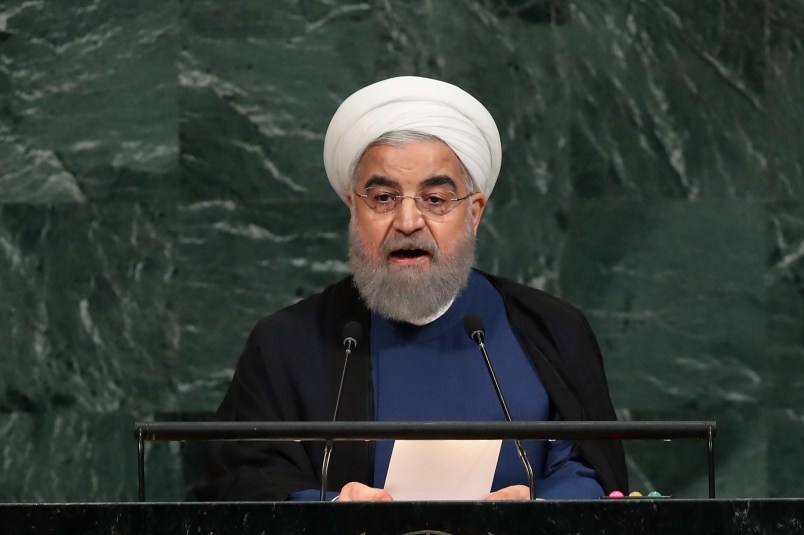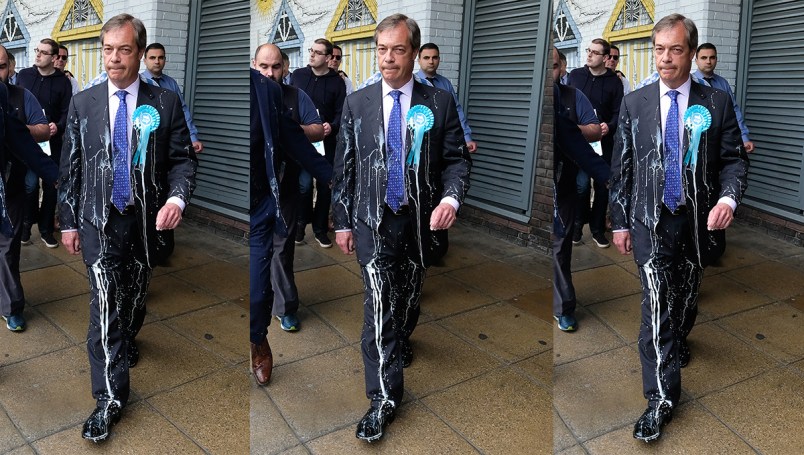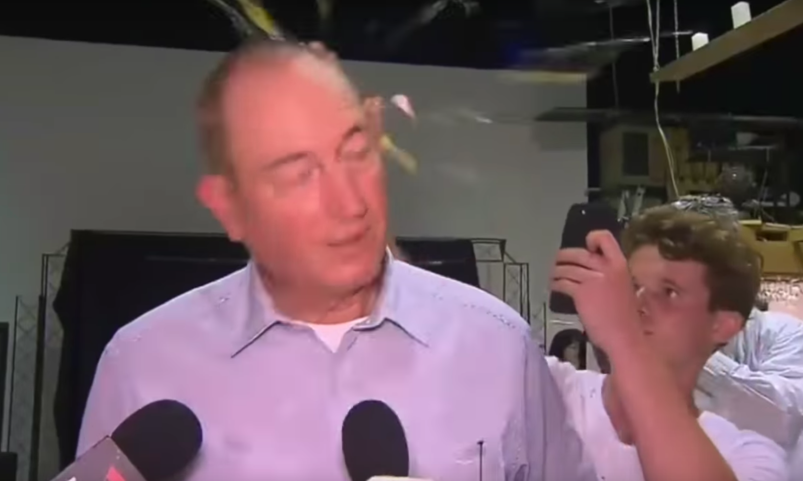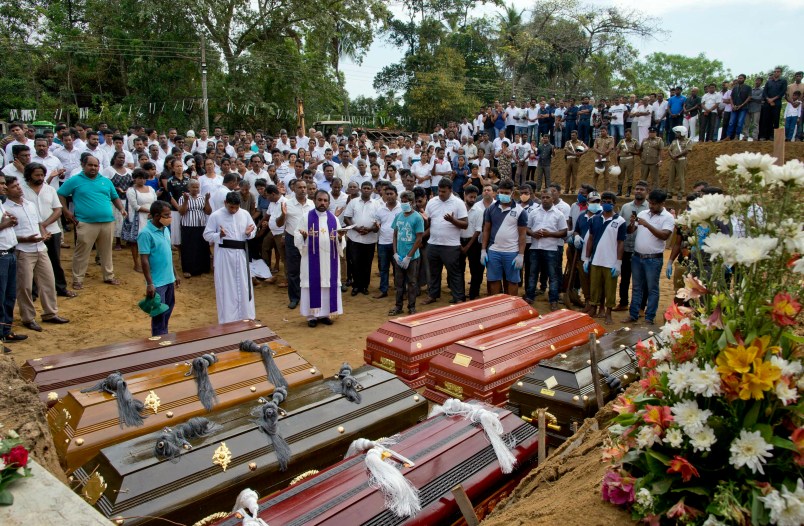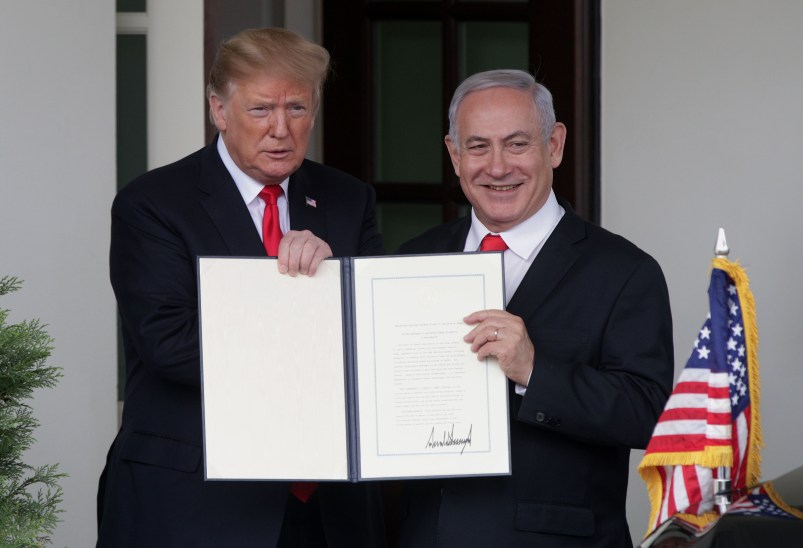DUBAI, United Arab Emirates (AP) — Angry protesters in Iran’s capital held a third day of demonstrations on Tuesday over the country’s anemic economy as President Hassan Rouhani told the nation that it faces an “economic war” with the United States following America’s pullout from the nuclear deal.
While online videos showed demonstrators again confronting police on Tehran’s streets and alleyways, the protests looked far smaller than those on Monday, when security forces fired tear gas on crowds in front of parliament.
Earlier on Monday, demonstrators forced the temporary closure of Tehran’s Grand Bazaar and on Sunday, protests forced two major shopping centers for mobile phones and electronics to close in Tehran.
Rage persists over the plunging of the Iranian rial to 90,000 to the dollar — double the government rate of 42,000 rials to $1 — as people watch their savings dwindle and shopkeepers hold onto some goods, uncertain of their true value.
Part of the economic uncertainty comes from President Donald Trump’s decision to pull America out of the nuclear deal and re-impose sanctions on Iran, even though other world powers have pledged to stand by the accord.
Similar economic protests roiled Iran and spread to some 75 cities and towns at the end of last year, becoming the largest demonstrations in the country since the months-long rallies following the 2009 disputed presidential election. The protests in late December and early January saw at least 25 people killed and nearly 5,000 arrested, but took place largely in Iran’s provinces rather than in the capital, Tehran.
These latest protests have hit Iranian commercial areas, including the sprawling, historic warrens of Tehran’s Grand Bazaar, the home of conservative merchants who backed the country’s 1979 Islamic Revolution and overthrow of Shah Mohammad Reza Pahlavi. It remains unclear who is leading these protests, though analysts say hard-liners wanting to challenge Rouhani likely sparked the demonstrations at the end of last year.
On Tuesday, witnesses described a noticeable presence of riot police on the capital’s streets. Official reports and comments also were slim in Iran’s state-controlled media, though Prosecutor Abbas Jafari Dolatabadi said the “main provocateurs” of Monday’s protests were arrested. He did not elaborate on the number of people detained.
The state-run IRNA news agency euphemistically referred to one incident Tuesday in which the city’s metro line was temporarily shut down near the Grand Bazaar, saying it happened “because of some people gathered there.”
On Tuesday morning, Rouhani addressed a meeting of judges that included the head of the country’s judiciary and parliament. While a relative moderate within Iran’s theocratic government, Rouhani struck a hard line himself against America.
“We are fighting against the United States, it wants to make an economic war,” the president said. “The U.S. cannot defeat our nation; our enemies are not able to force us to their knees.”
That’s a far cry from the optimism shared by Rouhani and other Iranians when the 2015 nuclear deal was enacted between Iran and six world powers, including America. Iran agreed to limit its enrichment of uranium in exchange for the lifting of economic sanctions.
But that deal came under Barack Obama’s administration. Trump, who campaigned on a promise of tearing up the deal, pulled America out of the deal in May. The ensuing turmoil has seen international firms and oil companies back away from their own billion-dollar deals with Iran.
Rouhani’s own power within Iran’s government appears to be waning, with some openly calling for military officials to lead the country.
Iran also has suggested it could immediately ramp up its production of uranium in response to the U.S. pullout, potentially escalating the very situation the nuclear deal sought to avoid — having an Iran with a stockpile of highly enriched uranium that it could use to build atomic bombs.
Tehran has long denied wanting to build nuclear weapons, despite fears from the West and the United Nations.
Parliament Speaker Ali Larijani, speaking at the same event as Rouhani, appeared to directly criticize his administration.
“The government hasn’t done enough to confront the economic problems,” the conservative politician said, according to the semi-official ISNA news agency.


